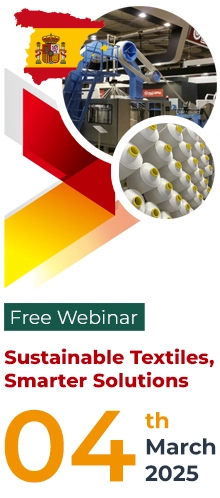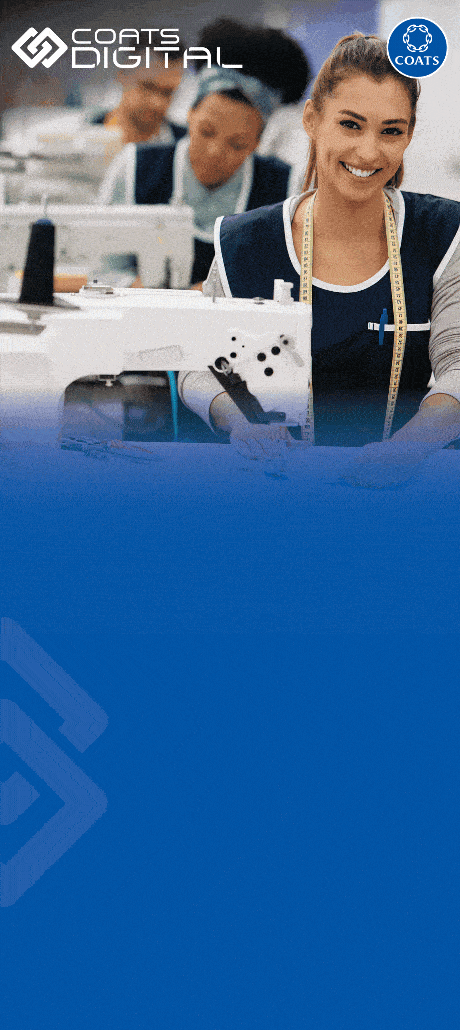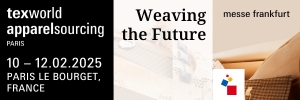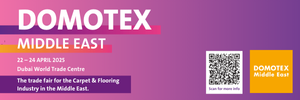After the severe disruptions caused by the Covid-19 pandemic, Morocco’s textile and clothing industry is flourishing once again. In 2022, exports from the sector surged by a fifth year-on-year, reaching a record 44 billion Moroccan dirhams ($4.25 billion). This notable recovery has cemented Morocco’s position as Europe’s eighth-largest textile and clothing supplier, despite fierce international competition.
Economic Impact
Even during the pandemic, the textile industry remained a significant contributor to Morocco’s economy. According to a recent report by the International Finance Corporation, part of the World Bank, the sector accounted for 15 percent of the country’s industrial GDP in 2021 and 11 percent of its exports.
Fast Fashion Dominance
Fast fashion is a major driver of this resurgence, comprising 52 percent of production. This typically involves the assembly of designs provided by wholesale and retail customers using imported fabrics, yarn, and accessories, predominantly from Turkey. However, there is a growing trend towards diversification in sourcing materials.
Strategic Advantage
Martin Stone, a partner at Zenobia Intelligence, highlights the strategic advantage of Morocco’s proximity to southern Europe, particularly Spain. “Its proximity to southern Europe — specifically Spain — is a huge advantage given the speed of supply in fast fashion,” he says. “Moroccan textiles make up most of brands like Zara and Mango’s garment supplies.”
Regulatory Challenges
Despite the advantages, EU regulations regarding “substantive stages of production” impose constraints on duty-free exports within the Pan-Euro-Med trading zone, depending on the sourcing of materials.
Competitive Edge
Morocco’s textile industry benefits from competitive labor costs, short lead times, and flexibility for small and medium orders, supported by dedicated textile technology parks and industrial zones. However, the industry has faced significant ups and downs over the past decades.
Historical Fluctuations
In the 1990s, Morocco experienced a textile trade boom due to an abundance of cheap labor. This changed when post-Soviet Eastern Europe, particularly Romania, became a formidable competitor. The entry of Romania into the EU led many workers to switch to better-paying industries, which in turn helped restore the cost competitiveness of Morocco’s textile trade.
Pandemic Setbacks and Recovery
The Covid pandemic severely disrupted Morocco’s gradual recovery. Textile exports fell from Dh37 billion ($3.6 billion) in 2019 to under Dh30 billion ($2.9 billion) in 2020. However, by 2022, exports rebounded to a record Dh44 billion.
Current Landscape and Future Ambitions
Today, Morocco’s textile sector comprises 1,600 registered companies, with a turnover of Dh60 billion ($5.6 billion) in 2022, of which Dh40 billion ($3.9 billion) was from exports. This is a significant increase compared to Dh36 billion ($3.5 billion) in 2018.
In July 2023, Ryad Mezzour, Morocco’s Minister of Industry and Trade, informed the House of Representatives about 173 ongoing investment projects in the sector. He also expressed the ambition to boost exports to Dh50 billion annually.
Industry Challenges and Workforce Dynamics
For the country, the textile sector is an essential source of foreign exchange and employment. According to the Moroccan Association of the Textile and Apparel Industries (AMITH), the industry employs around 160,000 workers, most of whom are women. Registered factories are frequently inspected and audited to ensure acceptable working conditions and production standards. However, the sector has been marred by the operation of illegal factories, particularly around Tangier. In 2021, a factory owner was jailed after 28 workers died in a flood at an illegal factory concealed in a villa basement.
Labor Force Commitment
Jorgin Poli, a textile business owner with over 25 years of experience in Morocco, underscores the skill and dedication of the workforce. “They have a heart for the business,” he says. “The Moroccan workforce is very flexible: 95 percent of our workers are women, and a lot of them are mothers but, even so, they will stay and work late to make sure the orders go out.”
Labor Shortages
However, labor shortages pose a challenge, as better wages in other sectors attract workers away from the textile industry. For example, jobs in the expanding car industry are sought after due to higher salaries. The average wage in a textile factory is between Dh2,000 ($195) and Dh4,000 ($390) per month, compared to Dh7,200 ($700) per month in a car factory.
Competition and Supply Chain
Textile industry leaders remain concerned about its future and its rivals. China dominates world production, but Turkey is the rival that Morocco is targeting. The manufacturing of clothing for both local and export markets in Morocco uses large quantities of textiles sourced from Turkey. Fabrics, yarns, and other raw material exports to Morocco increased by 30 percent in the first six months of 2022. Also, in terms of local consumer sales, it is Turkish rather than domestic products that are omnipresent in Moroccan shops and markets.
Investing in Local Materials
Factory owners want to be able to use more local Moroccan materials and accessories. Recently, the government has been investing in developing weavers and other raw material producers in the supply chain, but there is still some way to go.
Exploring New Markets
There are also new markets to be developed. “The industry is going to grow,” says Zakarraya Boukhari, managing director of BMS Clothing, which supplies retailers including Bravissimo, Evans, Bon Marche, M&S, Mothercare, John Lewis, and River Island.
“[But] we need to invest more in new technology, and we need government help to access new research and textiles and to participate in trade fairs like London and Paris,” he says. The sector also needs to search out new sales territories, Boukhari argues. “We should look to Africa. It is a new market, and it is the future market.”

























